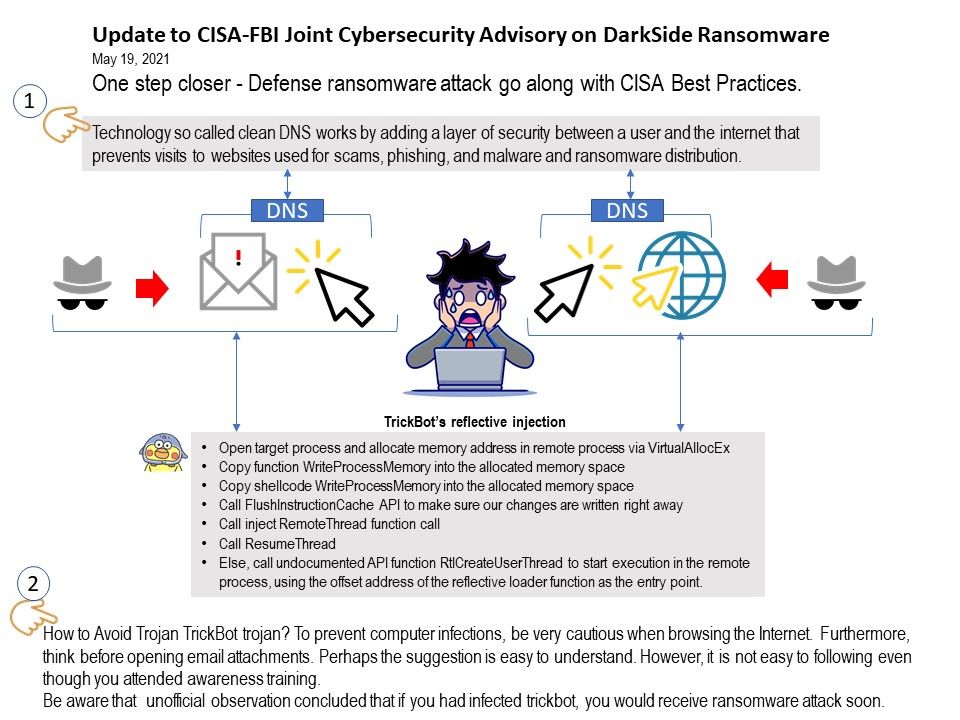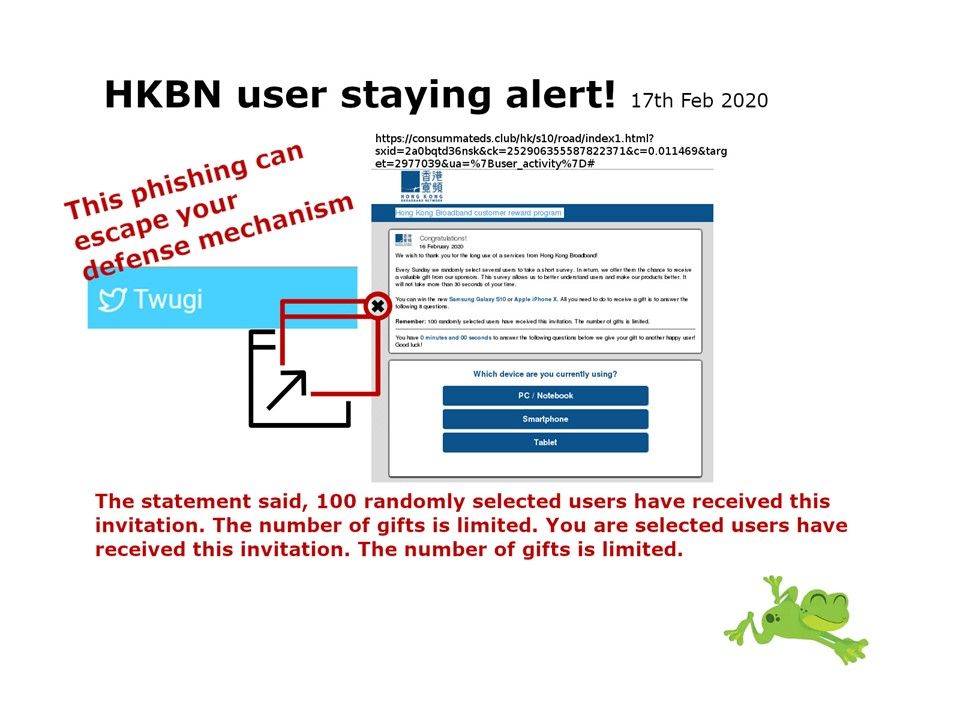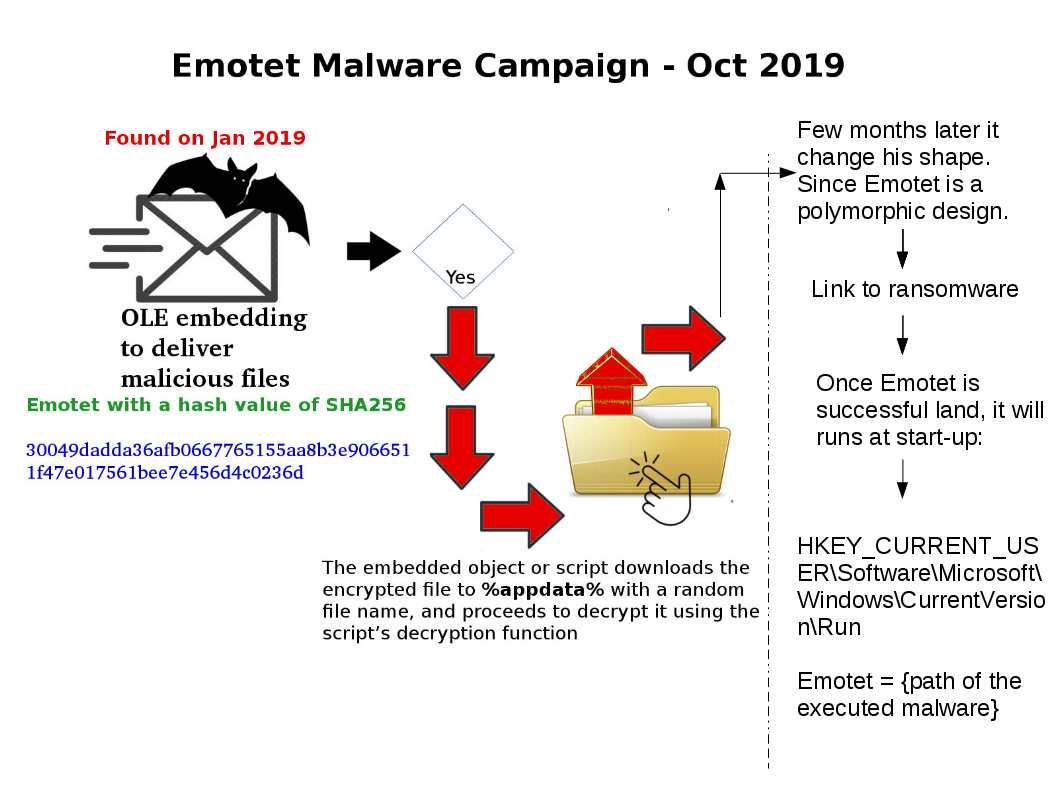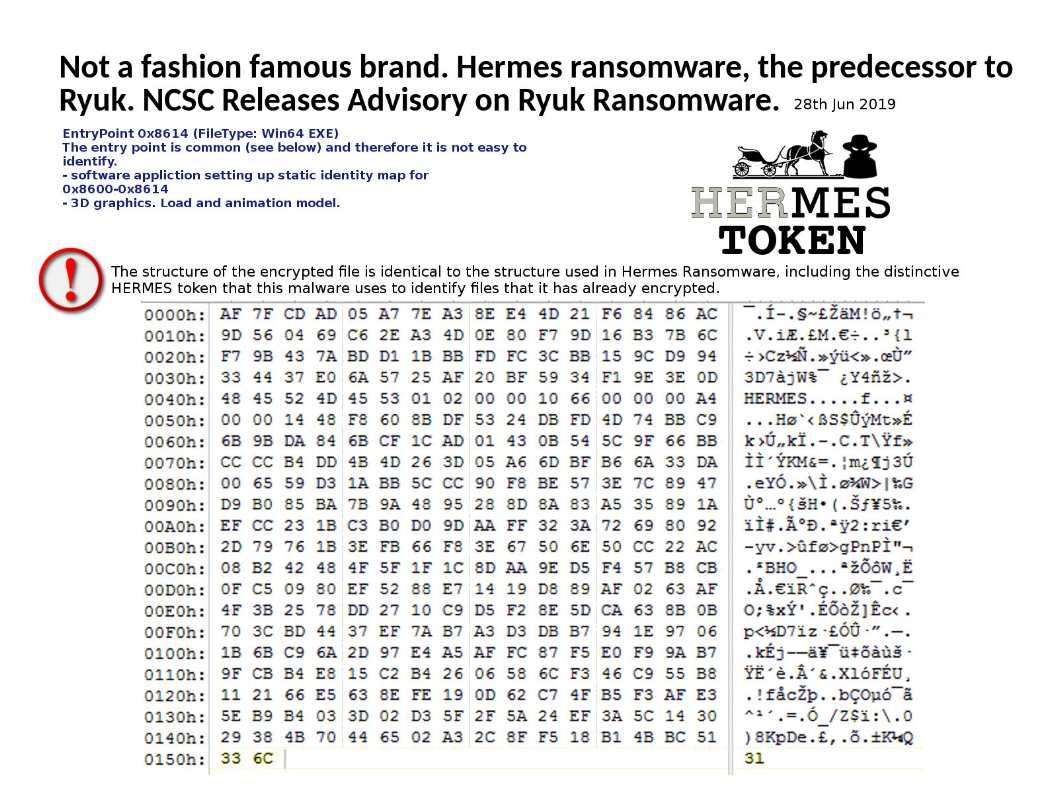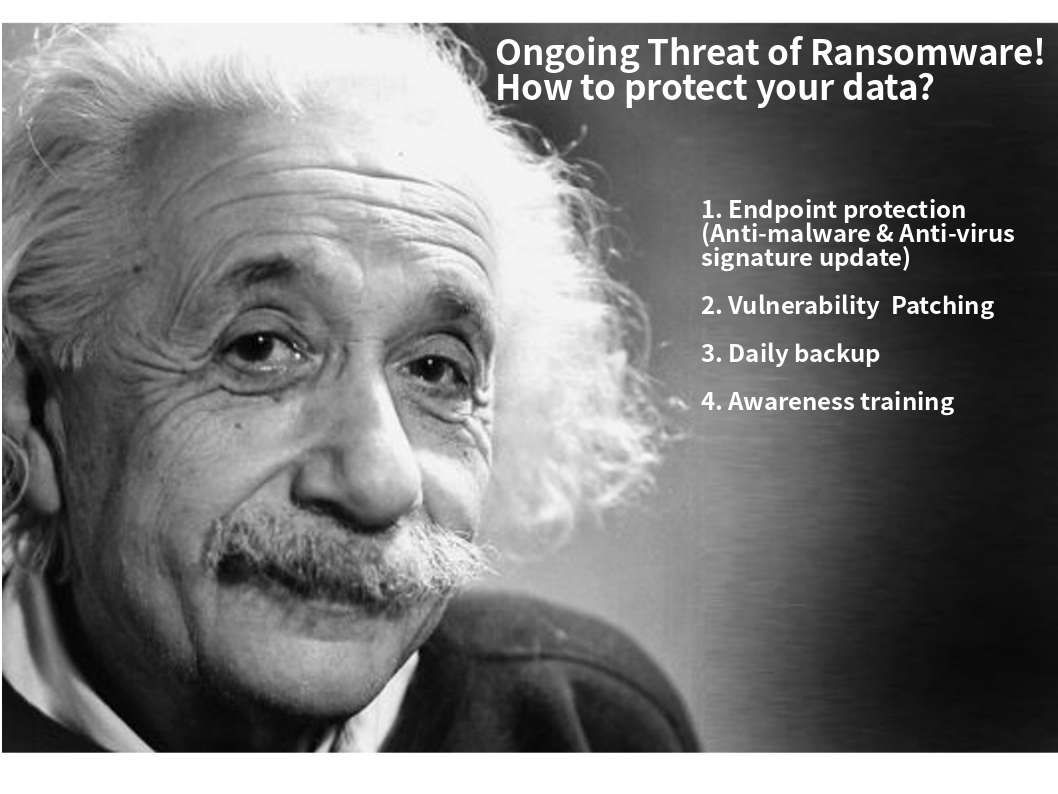(1).jpg?width=1920&height=1080&fit=bounds)
Preface: The first ever ransomware virus was created in 1989 by Harvard-trained evolutionary biologist Joseph L. Popp (now known as the ‘father of ransomware’). It was called the AIDS Trojan, also known as the PC Cyborg.
Synopsis: Perhaps mankind cannot imagine that in our modern world. We still impact by viral infection. The situation looks like we are replaying the seen in 1346 – 1353 (plague). But the digital world is the same. In past few weeks we heard ransomware wreak havoc. As far as we know, ransomware not only appears today. Since 2013, CryptoLocker attack found. But what is the standpoint by public began to focusing “WannaCry” ransomware in 2017. Unlike crypto-ransomware (WannaCry), Locker ransomware does not encrypt files. Instead goes one step further, and it locks the victim out of their device.
What is the countermeasure after the ransomware attack?
– Changed passwords for all end-users and privileged users.
– Changed access keys for all service accounts.
– Enhanced malware/ransomware protection on endpoints and servers.
– Enhanced monitoring and logging to identify malicious activities.
The objective of this topic is only for information base. Perhaps when you read below article posted in 2017. You will have resonance.
.jpg?width=1920&height=1080&fit=bounds)
